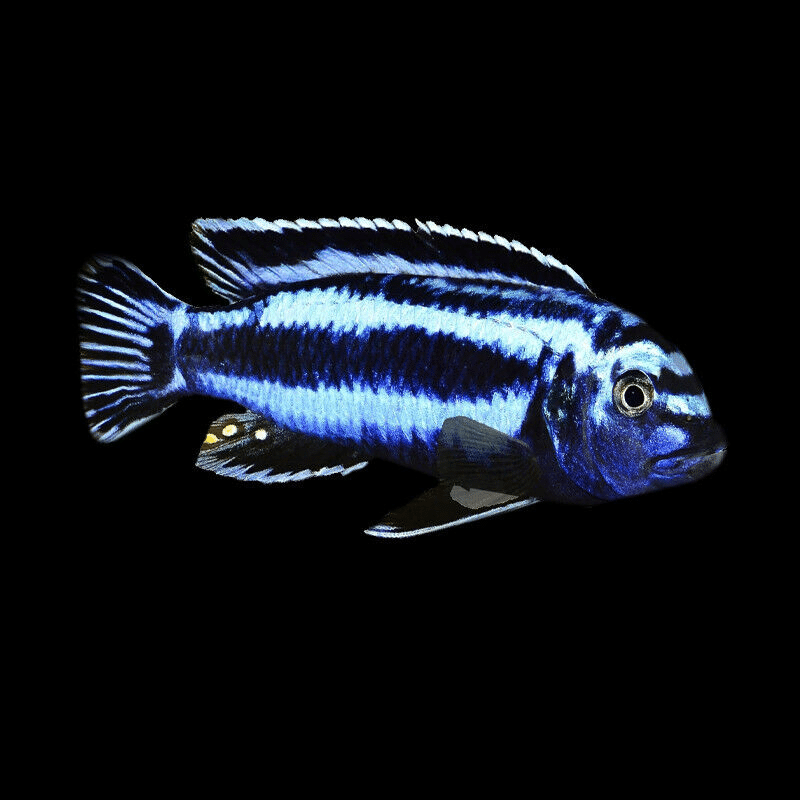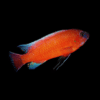To provide the best experiences, we use technologies like cookies to store and/or access device information. Consenting to these technologies will allow us to process data such as browsing behaviour or unique IDs on this site. Not consenting or withdrawing consent, may adversely affect certain features and functions.
The technical storage or access is strictly necessary for the legitimate purpose of enabling the use of a specific service explicitly requested by the subscriber or user, or for the sole purpose of carrying out the transmission of a communication over an electronic communications network.
The technical storage or access is necessary for the legitimate purpose of storing preferences that are not requested by the subscriber or user.
The technical storage or access that is used exclusively for statistical purposes.
The technical storage or access that is used exclusively for anonymous statistical purposes. Without a subpoena, voluntary compliance on the part of your Internet Service Provider, or additional records from a third party, information stored or retrieved for this purpose alone cannot usually be used to identify you.
The technical storage or access is required to create user profiles to send advertising, or to track the user on a website or across several websites for similar marketing purposes.
















Emily Roberts (verified owner) –
As a passionate aquarium hobbyist, I recently introduced Maingano Cichlids (Pseudotropheus Cyaneorhabdos) into my tank, and I couldn’t be happier! These vibrant little guys have added such a lively energy to my aquarium, and their striking blue and black coloring is absolutely stunning. I’ve been keeping them for about two months now, and I’ve noticed how their personalities really shine through. They are quite active and engaging, which makes them a joy to watch.
I’ve done a lot of research on aquarium maintenance for cichlids, and I appreciate that they thrive in a well-structured setup with rocks and caves. They do require a bit of attention when it comes to water parameters, but it’s worth it for their health and happiness. Compared to other cichlids I’ve kept, the Maingano’s social behavior is more intriguing—they really enjoy interacting with each other while still being relatively peaceful.
If you’re considering adding cichlids to your tank, I highly recommend the Maingano. They’re perfect for intermediate aquarists looking for a vibrant, active species that can live up to 10 years with proper care. Just a little tip: keep an eye on their diet to maintain their colors and health. Overall, I would definitely buy these again and encourage others to do so too!